Critics of college and university responses to campus antisemitism have a simple solution. “This isn’t rocket science,” Sen. JD Vance said recently. “Just enforce the law.”
Last spring, 27 Republican senators demanded that the Biden administration direct federal law enforcement to “restore order and protect Jewish students” against “antisemitic, pro-terrorist mobs.”
Texas Gov. Greg Abbott insisted that pro-Palestinian demonstrators at the University of Texas “belong in jail,” shortly before police arrested 57 people engaged in a peaceful and lawful protest. New York City Mayor Eric Adams urged local college presidents to let police intervene, telling them, “Soon as one tent comes up, take that tent down.” And a number of Senate Democrats, particularly those in tight races, have joined in the call for police to “enforce the law.”
Over 3,100 student protesters were arrested last spring, and arrests have begun again with the start of fall classes.
Responding to the pressure, many colleges and universities have tightened time, place and manner restrictions on protest activity and adopted a system of progressive discipline, with warnings for initial violations and suspensions, arrests and expulsion for continued noncompliance. Cornell University warned students that “acts of violence, extended occupation of buildings, or destruction of property (including graffiti)…will be subject to immediate public safety response.”
The get-tough approach calls to mind H.L. Mencken’s observation that every human problem has a solution that is “neat, plausible, and wrong.” As the ACLU stated recently, “calling armed police into a campus protest environment, even a volatile one,” can “escalate, not calm, the tensions on campus.”
The day after vowing at a congressional hearing to respond aggressively to campus antisemitism, Columbia’s president, Minouche Shafik, asked police to disband a pro-Palestinian encampment. More than 100 students were arrested, but the encampment was quickly rebuilt. Tensions escalated, culminating in a violent clash between police and protesters occupying a campus building.
Columbia’s use of force prompted a faculty vote of no confidence in the president and condemnations from both the left (for an excessive response) and the right (for failing to maintain order). Shafik resigned several months later.
Nearly 50 colleges and universities followed Columbia’s lead and summoned police to shut down encampments. What has received less attention is that 97 percent of these campus protests have been peaceful. The use of stun grenades, rubber bullets, tear gas and zip ties to arrest peaceful protesters, moreover, divided campuses and alumni and sparked a series of faculty votes of no confidence in campus leaders. In the meantime, the criminal charges against most of those arrested were dismissed.
It may be an overstatement to suggest that summoning the police almost always backfires, but the history of failure and tragedy — from mass arrests during the Berkeley Free Speech movement to the National Guard shooting and killing four students at Kent State in 1970 — makes clear that calling the police should be a last resort.
Even so, last does not mean never. Colleges and universities have an obligation to ensure the health and safety of their communities and to prevent undue disruption to their teaching and research missions.
What this means in practice will vary widely. Large urban universities in major media markets with many outside agitators face different challenges than do small rural colleges. Elite institutions dominated by progressive students and faculty will find protests more frequent and harder to manage than less selective and more conservative schools.
Size matters. Sending in a few police officers to quietly remove a handful of disruptive demonstrators is unlikely to cause a campus crisis. Sending in hundreds of them in riot gear to take down a large but peaceful encampment almost certainly will. If protests are peaceful, administrators should rely on ordinary campus disciplinary processes to enforce their rules.
Timing is everything. Being overly prescriptive about what administrators will and won’t do may well tie their hands. Even disruptive protests can be tolerated if they are unlikely to last. Campus leaders should consider waiting out demonstrators if they peacefully occupy a building three days before the Thanksgiving break or if the end of the semester is near.
Leadership and communication are important. If student leaders are responsible, and administrators are prepared to work with them, excesses on both sides are more likely to be avoided. At Michigan State University, for example, the president allowed students to apply for — and receive — a permit allowing their encampment to remain, if it didn’t disturb classes or other essential activities.
Preparation should begin long before protests start. Administrators should build relationships with student leaders, enlist trusted faculty as intermediaries, train staff in de-escalation techniques and clearly communicate applicable policies.
When protests get out of hand, there is no one-size-fits-all solution. Each campus will have to find its own best practice.
Glenn C. Altschuler is the Thomas and Dorothy Litwin Emeritus Professor of American Studies at Cornell University. David Wippman is emeritus president of Hamilton College.







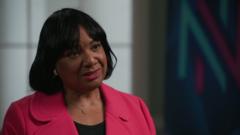
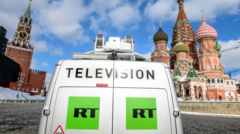
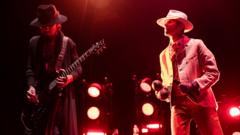


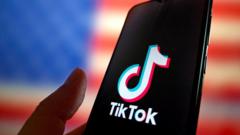
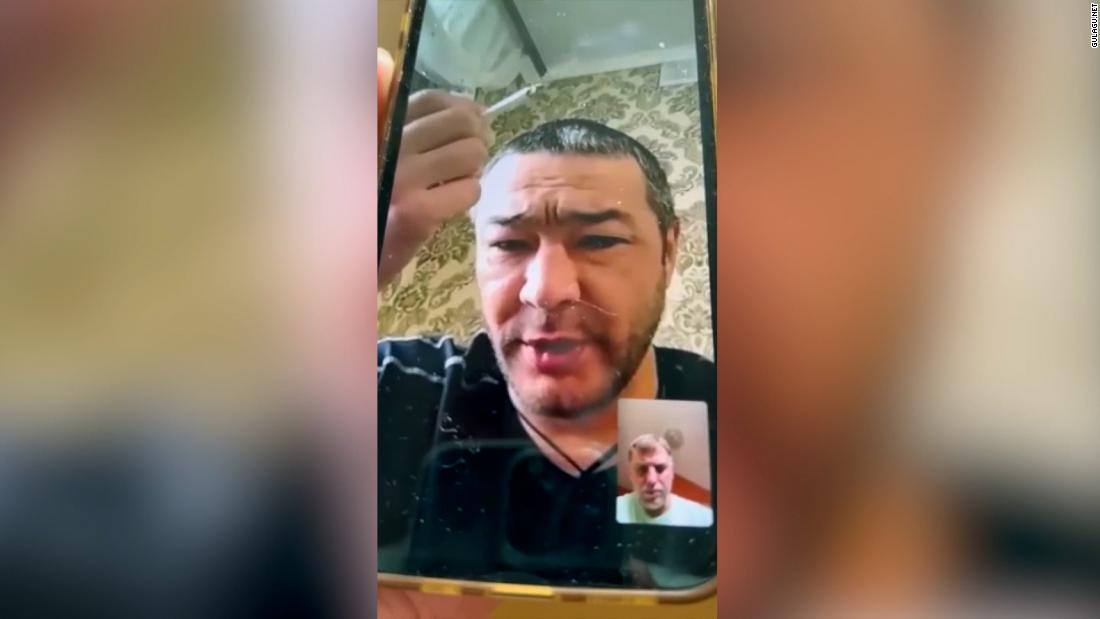

 English (US) ·
English (US) ·